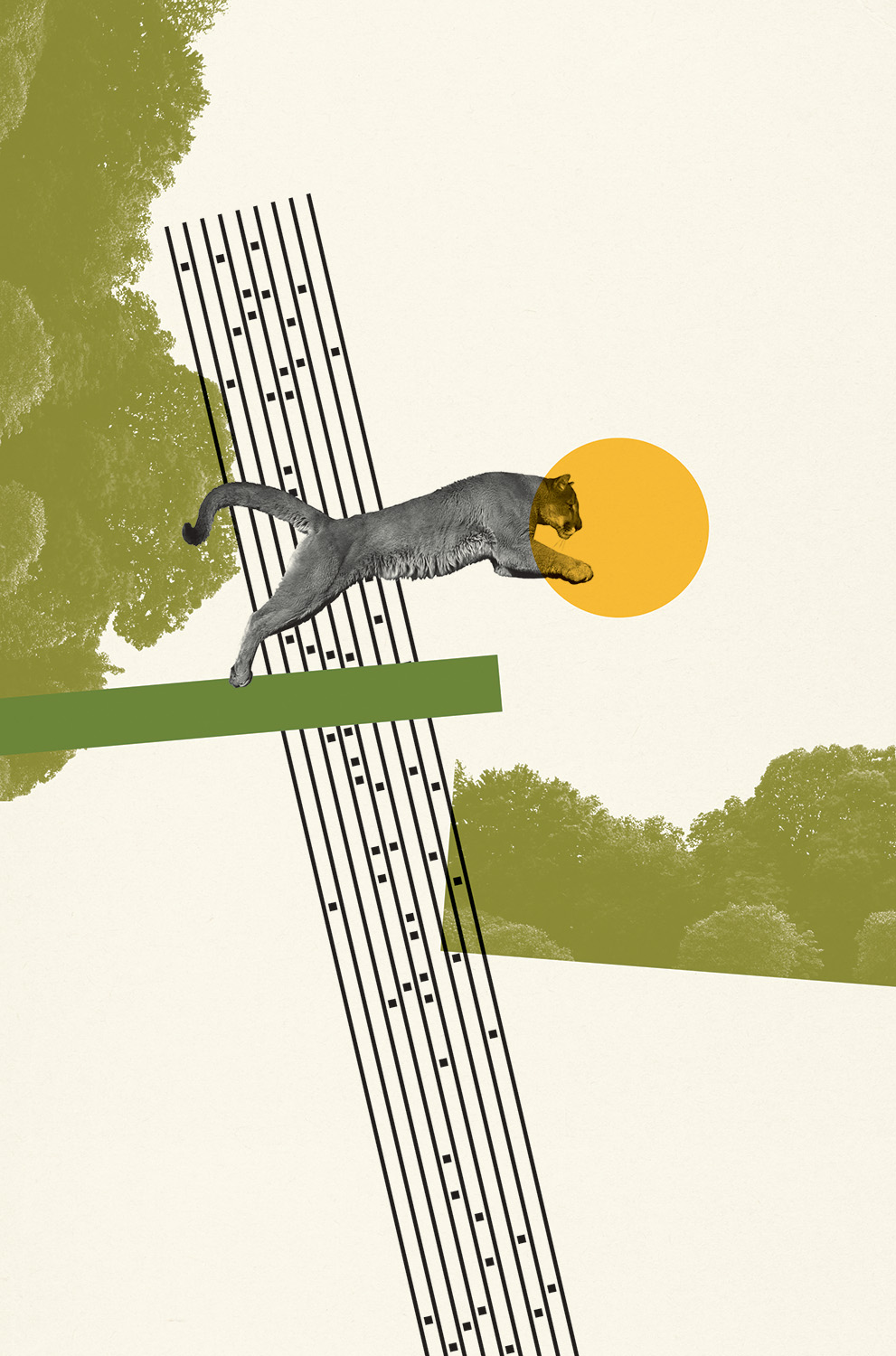Image


You should really subscribe now!
Or login if you already have a subscription.
Cristiana Couceiro’s illustrations have appeared in the New York Times, the New Yorker, the Washington Post, and Wired. Her work has received awards from the Society of Publication Designers and American Illustration. She lives in Lisbon, Portugal.